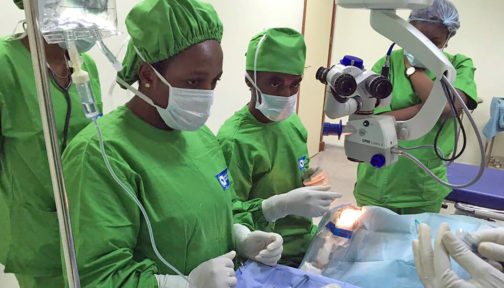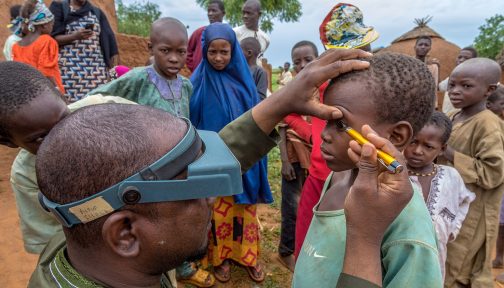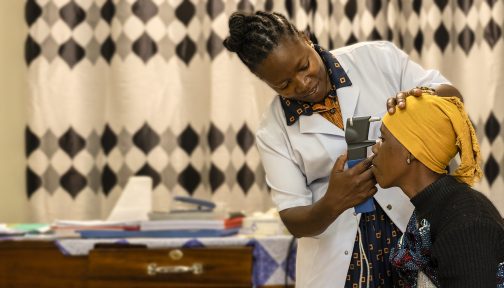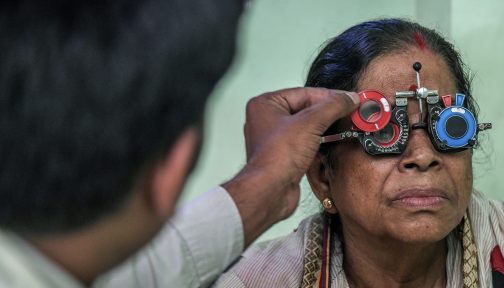Evidence gap maps offer a visual way to present the state of research evidence in particular areas and highlight gaps for future research.
Evidence gap maps
Evidence gap maps are a useful resource for academics, research institutions and policymakers, enabling them to see what evidence exists in a specific area.
What are gap maps?
Evidence gap maps (EGMs) are visual tools, presenting the available evidence on different topics relevant to our work and highlighting gaps for future research to address. At Sightsavers, our EGMs summarise, appraise, and present evidence from systematic or literature reviews across a number of eye health conditions.
A systematic or literature review is a type of research study that attempts to identify, appraise and synthesise all the evidence that meets pre-specified criteria to answer a specific research question. The findings of a high-quality systematic review can be very valuable as they provide an exhaustive but succinct summary of all available evidence on a particular question.
Why are they important?
The aim of EGMs is to make the available evidence (in systematic or literature reviews) accessible in a user-friendly format and to highlight evidence gaps for future research to address. By using EGMs, policymakers can see the most up-to-date evidence, which in turn helps to ensure that policies and programmes are informed by evidence and designed and implemented as effectively as possible. EGMs can also help funders to identify areas where more investment is needed.
About Sightsavers’ evidence gap maps
At Sightsavers our EGMs do not include primary research studies. The absence of a systematic review in a particular area often alerts us to the potential for a systematic review to be conducted.
Each EGM displays a summary of the strength of evidence, and methodological quality, for each systematic or literature review. Strength of evidence is determined by whether conclusive evidence is identified, or indeed whether any evidence exists at all. Methodological quality is determined by undertaking a critical appraisal of each review. At Sightsavers we use the Supporting the Use of Research Evidence (SURE) checklist developed by the International Initiative for Impact Evaluation.
In October 2017 we conducted a usability study on our evidence gap maps, which helped us to identify changes to make our new EGMs more accessible. This study has been published in the Journal of Usability Studies. You can also read more in our report.
Our approach to gap maps: How our evidence gap maps are developed




